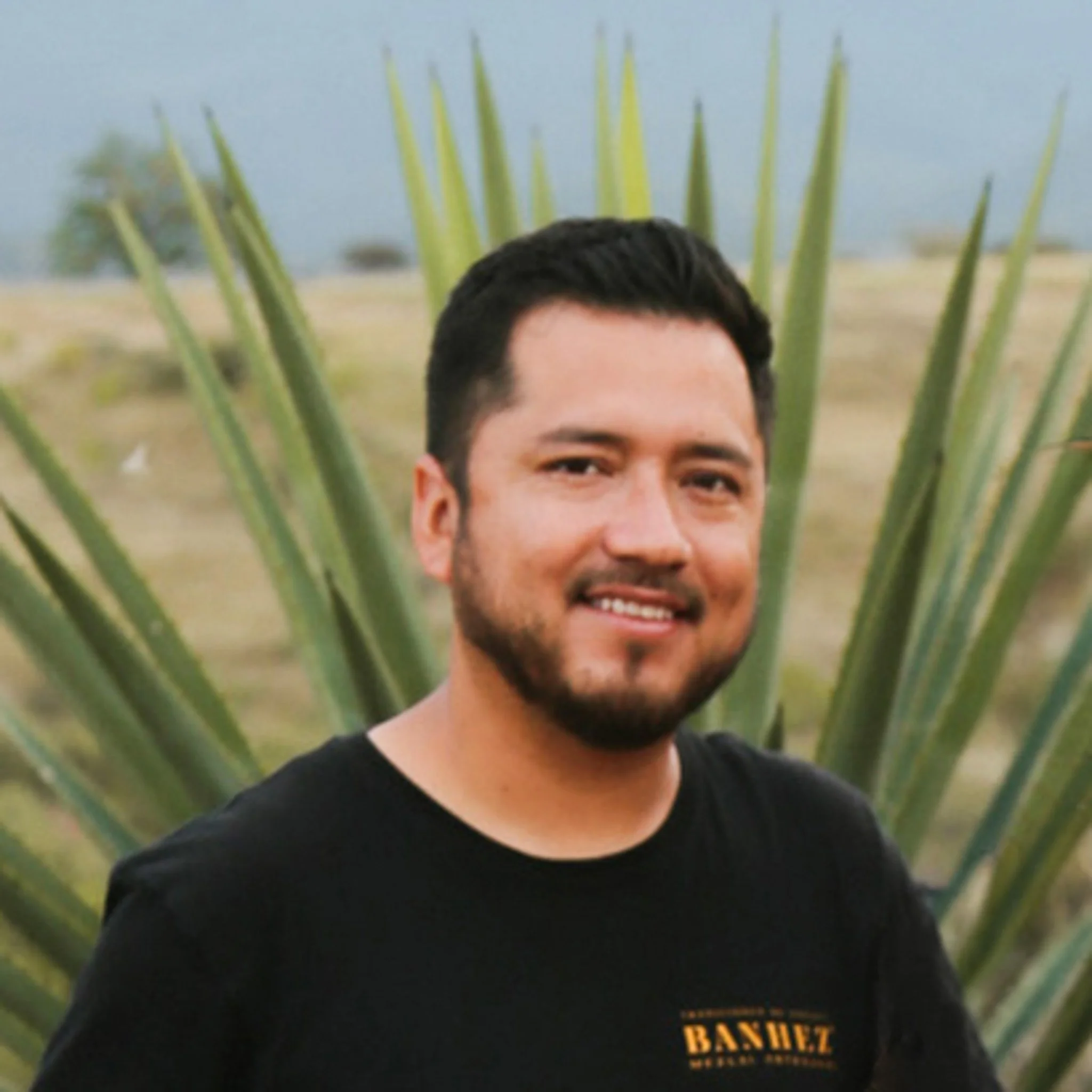
A TALE OF TRADITION
RAISED IN OAXACA, FRANCISCO JAVIER PEREZ CRUZ SAW THE HARDSHIP THAT FOLLOWED FAMILIES MAKING MEZCAL.
This was part of their heritage but the life was hard and unsustainable, forcing families to separate.
Knowing first-hand what it meant to leave family behind in search of work, he thought that if he could keep the hard-working families together and devise a way for them to work towards a common goal, they could be successful.
After returning to Ejutla with his own family, Francisco was appointed Treasurer of Ejutla in 1996 and later became Mayor in 1999. He honed his skills in cultivating and harvesting Espadín agave alongside his brother Bertoldo on their farm.
His mother, who had initiated an agave nursery with other local women, imparted her knowledge on creating optimal conditions for robust plant growth. Both his mother and brother passed away shortly after, yet Francisco continued the pioneering work they began.
In 2004, Francisco was elected president of the National Mezcal Council, and he subsequently secured federal support to develop nurseries and revive distilleries throughout Ejutla. He established the Consejo Oaxaqueño del Maguey Mezcal (Oaxaca Mezcal Maguey Council) to provide a collective platform for local mezcal producers and industry affiliates.
Inspired by his family, Francisco transformed the traditional mezcal-making process into a community endeavor focused on craftsmanship and mutual support. Today, the Banhez Cooperative, unified under Francisco's leadership, is known as the Unión Productores de Agropecuarios del Distrito de Ejutla de Crespo (UPADEC) and is currently managed by his son, Luis.
FRANCISCO JAVIER PEREZ CRUZ
Luis PEREZ
MORE ON MEZCAL –
A BRIEF HISTORY.
The narrative of mezcal is deeply intertwined with agave, also known as maguey or "the century plant." There's considerable debate about when mezcal production first began, though it is suggested that human use of agave dates back as far as 11,000 years. With its cultivation by humans, the agave's genetic structure adapted over millennia, influenced by its growth in diverse regions and its use by various indigenous groups, including the Aztecs, Zapotecs, and Mixtecs.
Agave took on a central role in everyday life, serving as a material for clothing, tools, and medicines. In ancient Mesoamerica, the plant was revered, and its personification, Mayahuel, was worshipped as the goddess of fertility and nourishment.
In the rugged terrains of Oaxaca, the geographical isolation of communities led to the development of unique dialects, traditions, and mezcal production techniques. The ability of agave to flourish in varied climates also influences the distinctive flavors of mezcal, contributing to the spirit's complexity.
Thus, the rich history and cultural diversity surrounding mezcal mark it as one of the most ancient and intricate spirits known.





